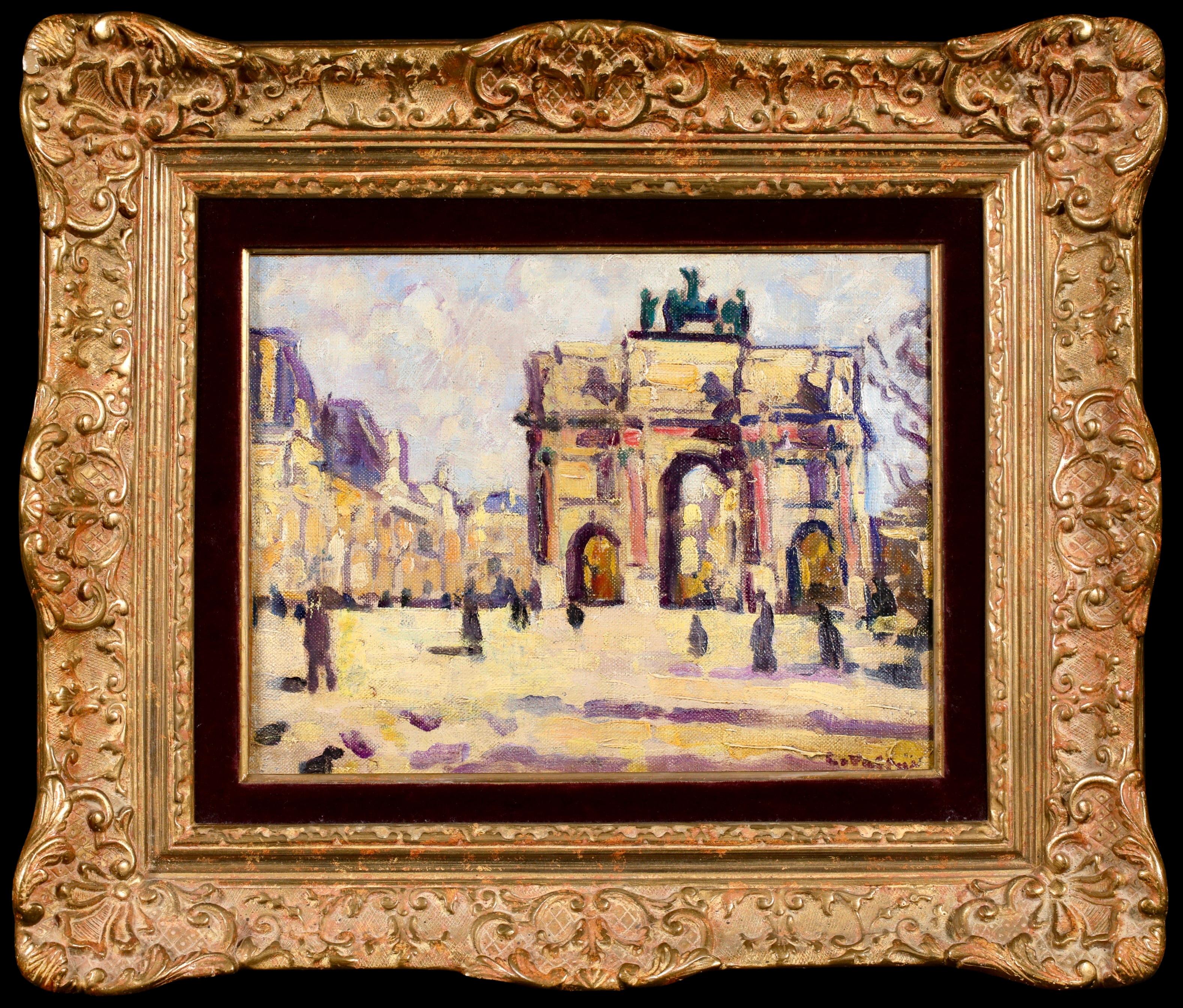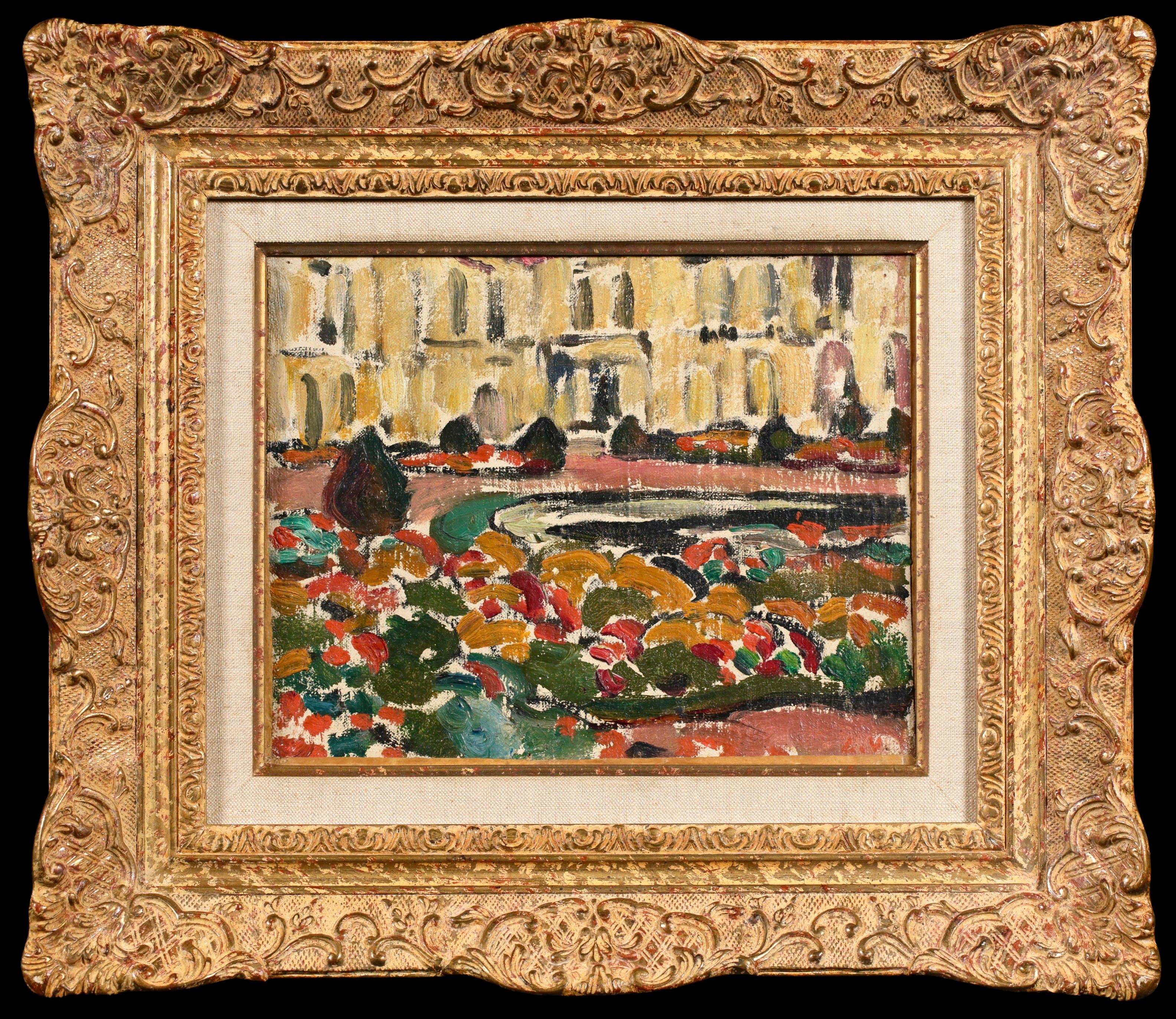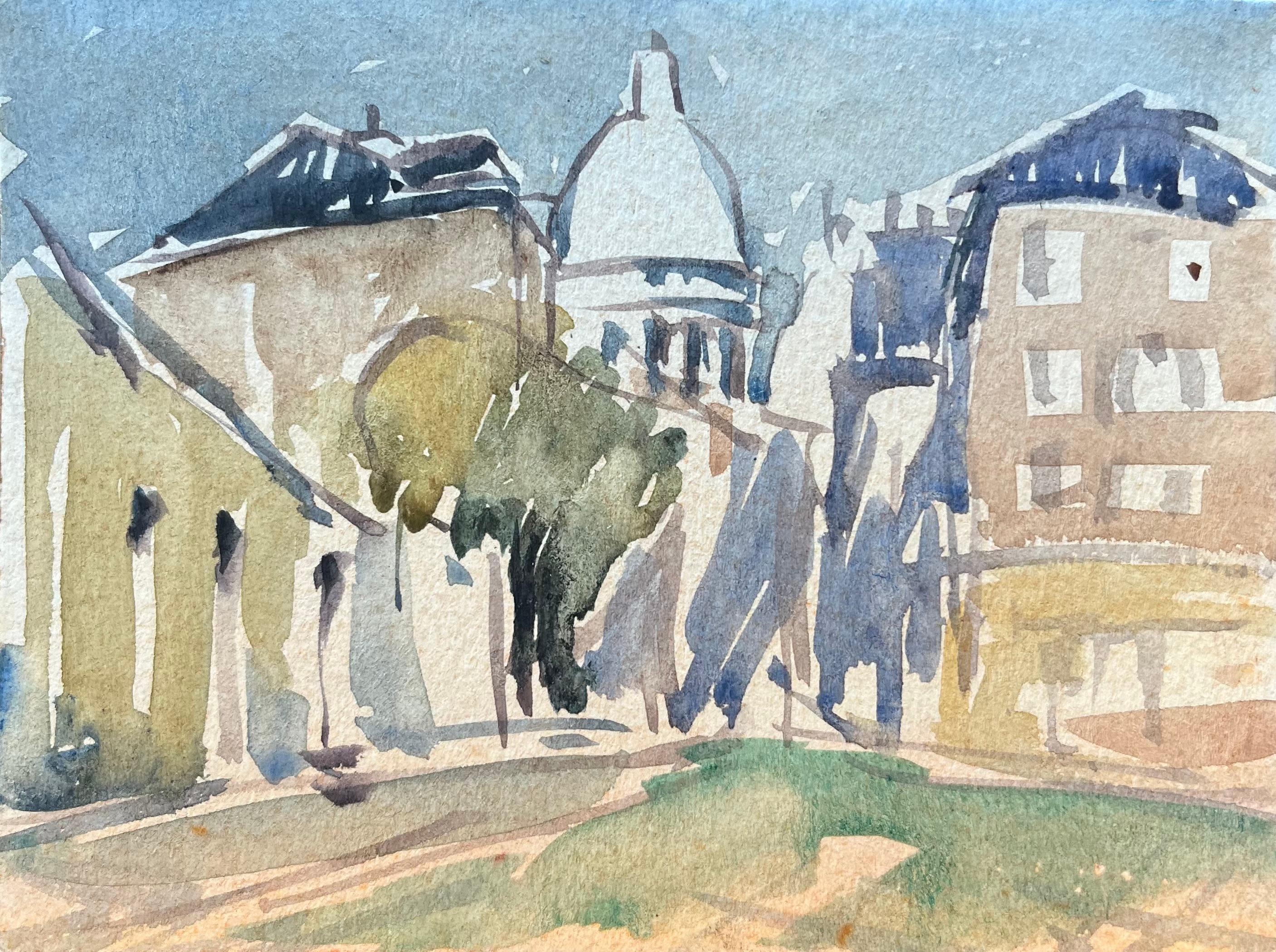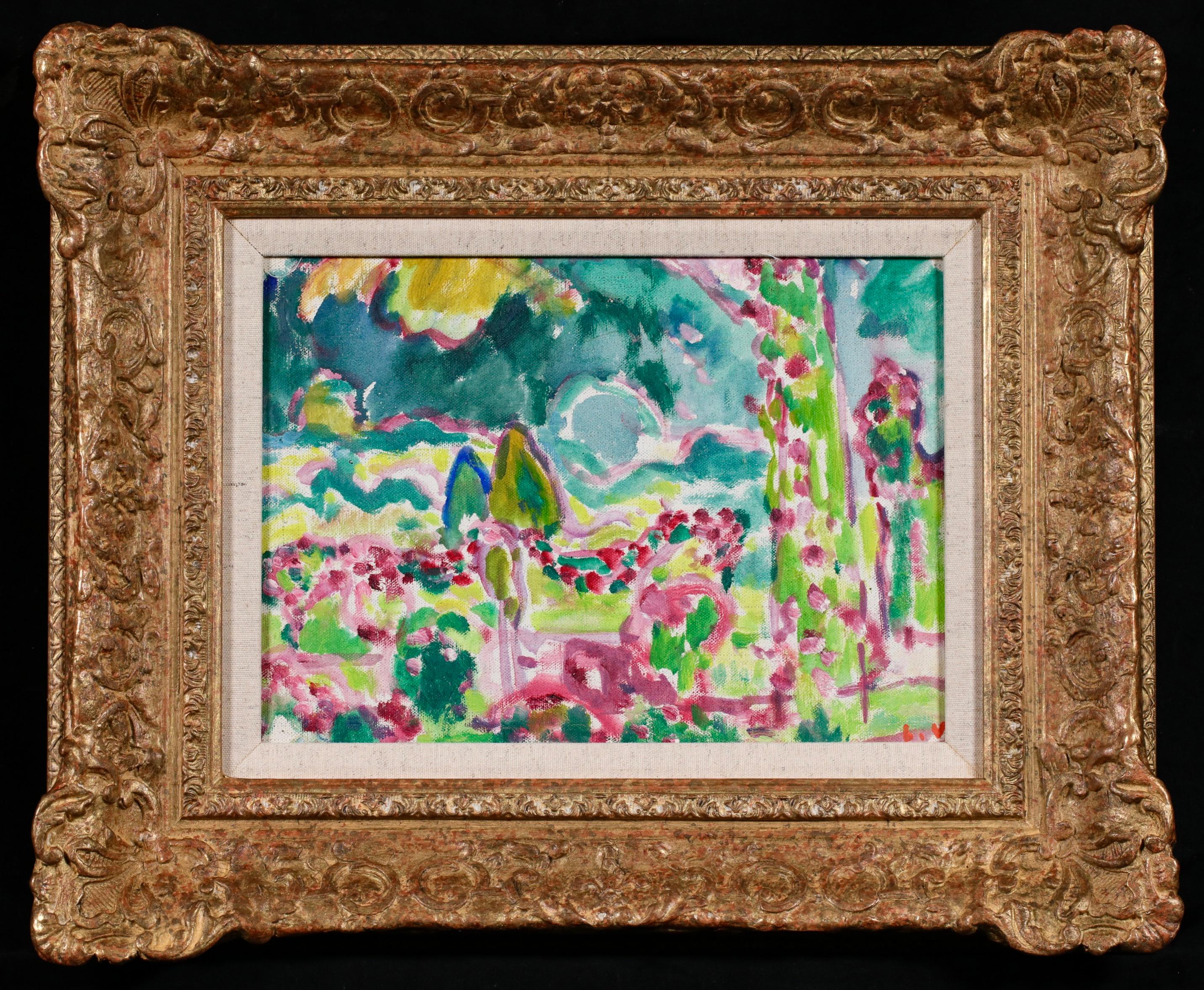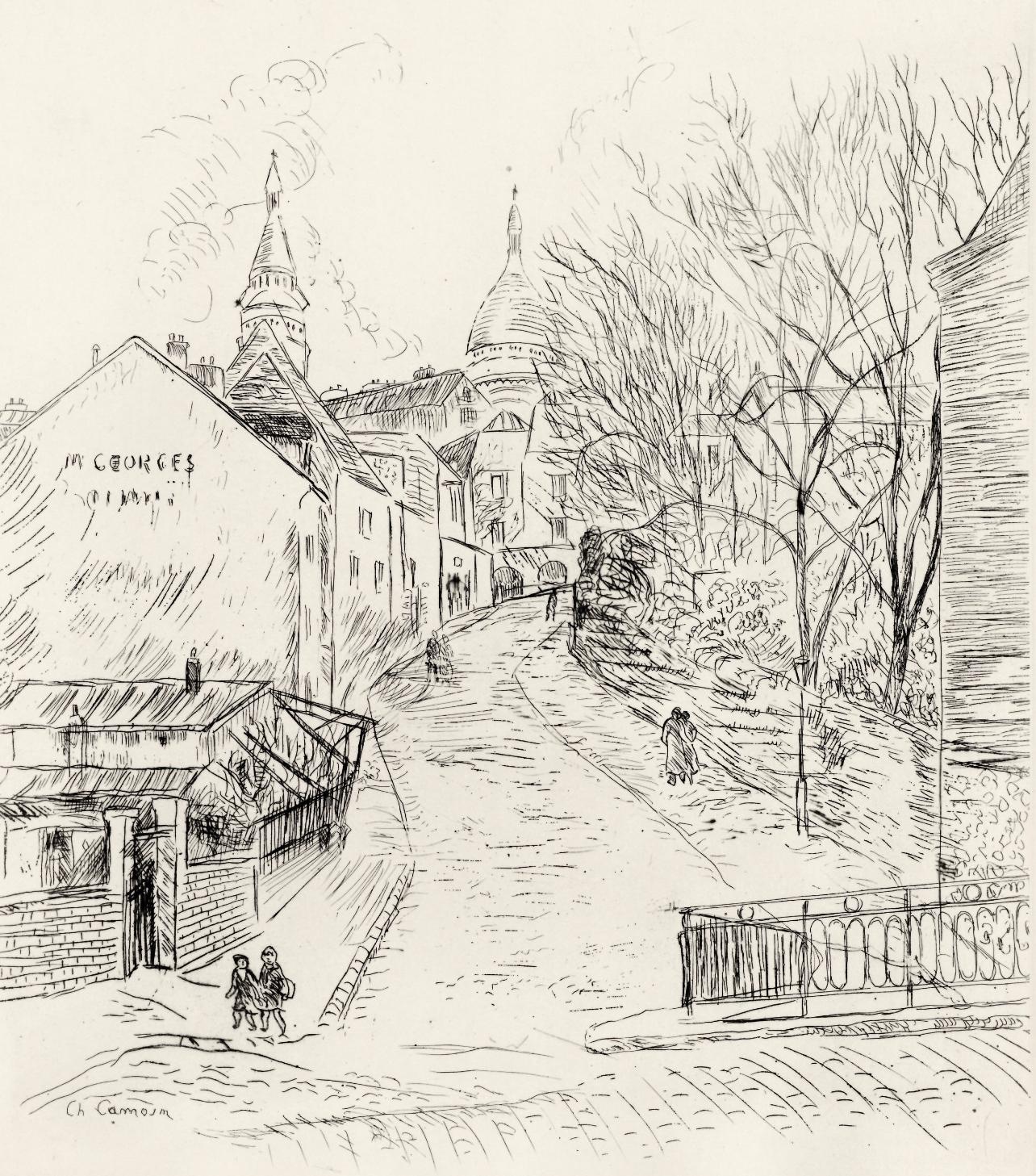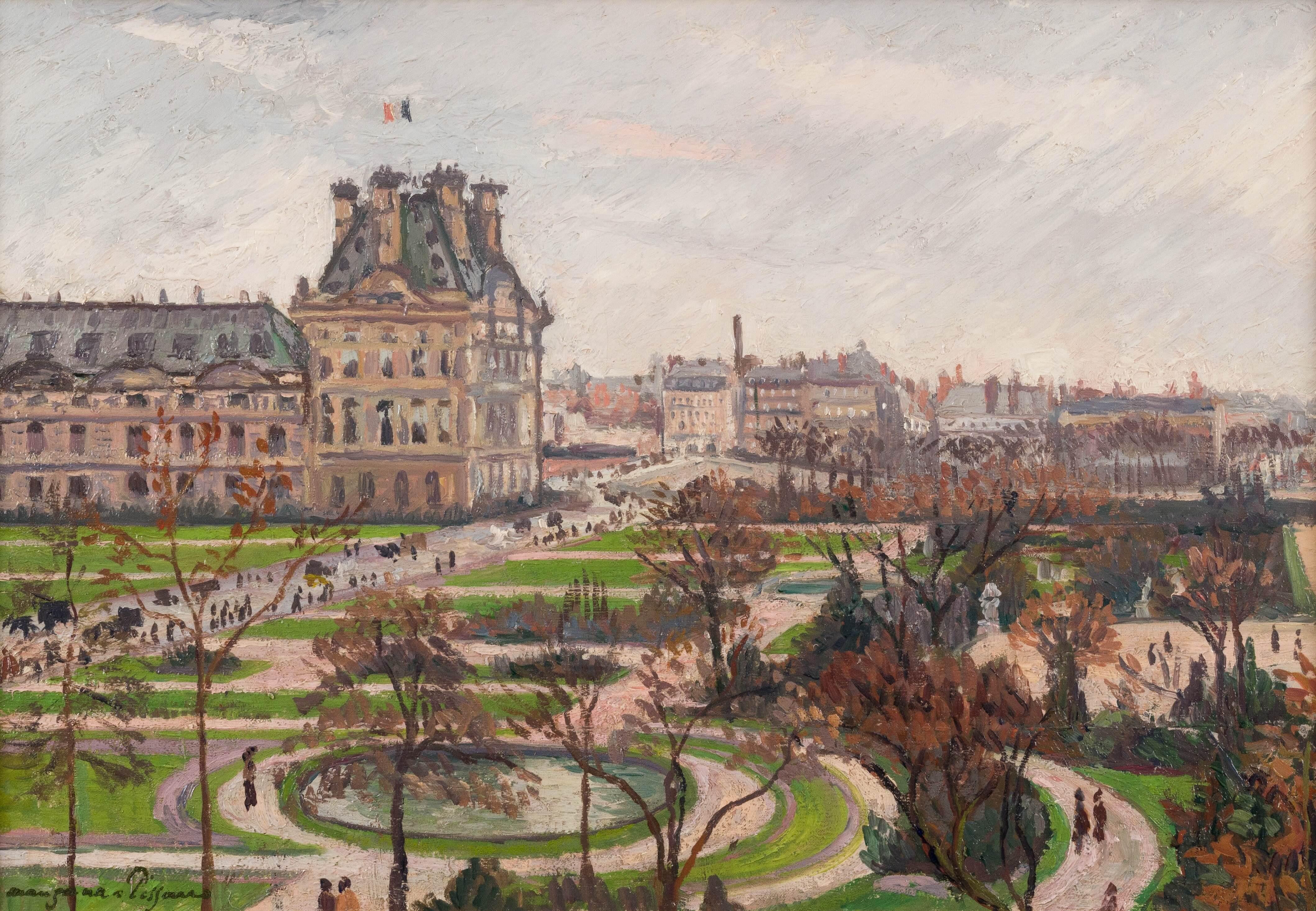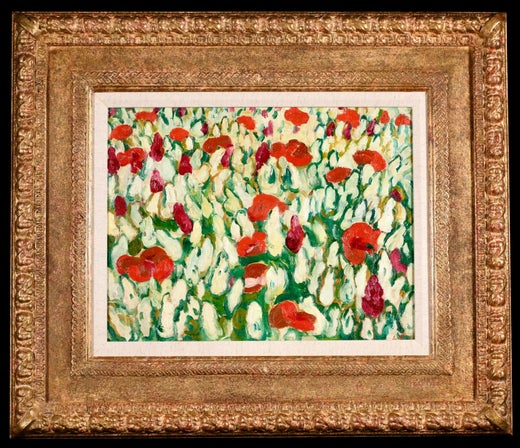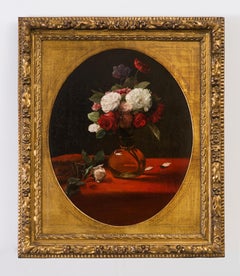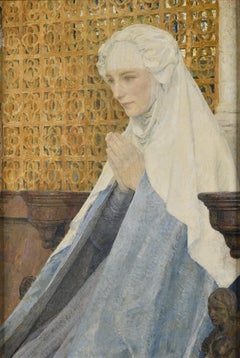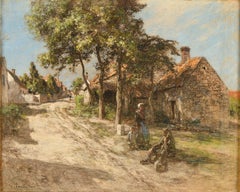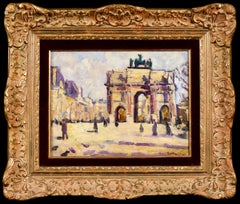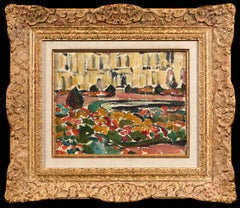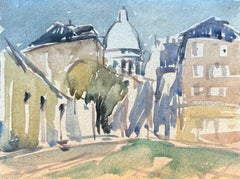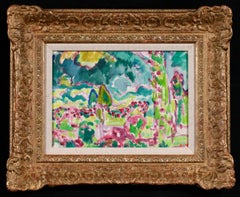Louis ValtatVue des Invalides
About the Item
- Creator:Louis Valtat (1869 - 1952, French)
- Dimensions:Height: 9.06 in (23 cm)Width: 11.03 in (28 cm)
- More Editions & Sizes:23 x 28 cmPrice: $26,159
- Medium:
- Movement & Style:
- Period:
- Condition:
- Gallery Location:PARIS, FR
- Reference Number:1stDibs: LU2827215646182
Louis Valtat
Louis Valtat was identified by Ambroise Vollard as one of the most exciting painters working in Paris at the turn of the 20th century. On Renoir’s advice, Vollard agreed with Valtat to purchase almost all of the artist’s work for the first decade of the 20th century (1902–12) and to become his dealer and agent. The relationship was a fruitful one; Vollard went on to organize Valtat’s first solo exhibition at his gallery and submitted Valtat’s works to other exhibitions in Paris. In 1927, Louis Valtat was awarded the Chevalier de la Légion d’honneur, which was considered the premier order of France. Throughout his career, Valtat remained true to his unique style and was never completely associated with a particular art movement, but influenced by many. Today, his works are found in important collections around the globe, including the Hermitage (St. Petersburg), the Museum of Modern Art (New York), the Thyssen-Bornemisza National Museum (Madrid), the Musée des Beaux-Art (Bordeaux) and many others.
- ShippingRetrieving quote...Shipping from: PARIS, France
- Return Policy
More From This Seller
View AllMid-20th Century Modern Figurative Drawings and Watercolors
Gouache
1870s Old Masters Still-life Paintings
Oil
20th Century Symbolist Mixed Media
Gold
Early 1900s Realist Landscape Drawings and Watercolors
Paper, Pastel
You May Also Like
1930s Fauvist Landscape Paintings
Canvas, Oil
1910s Fauvist Landscape Paintings
Canvas, Oil
20th Century Impressionist Drawings and Watercolor Paintings
Watercolor
1910s Fauvist Landscape Paintings
Canvas, Oil
1930s Modern Landscape Prints
Etching
Early 1900s Post-Impressionist Figurative Paintings
Canvas, Oil
